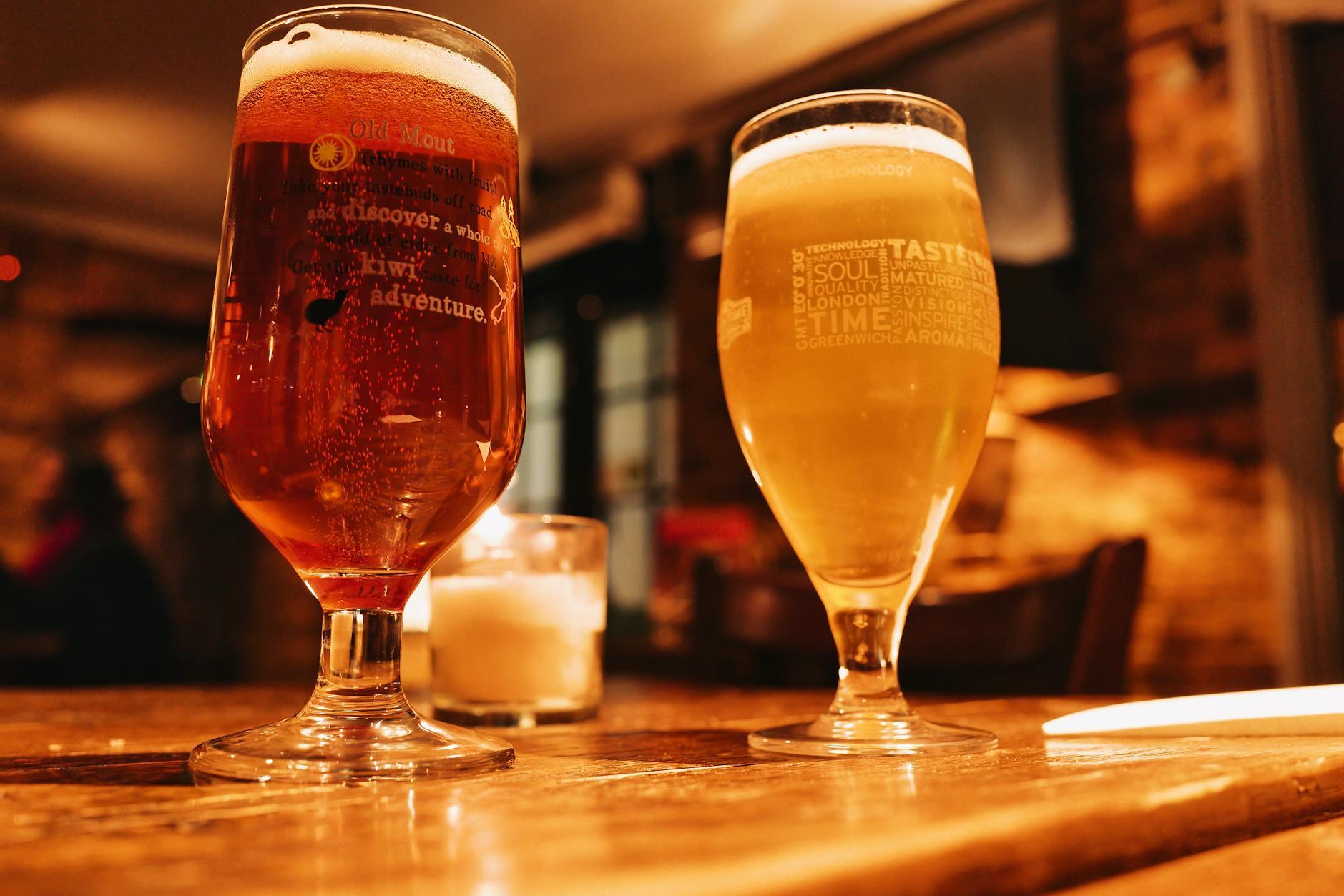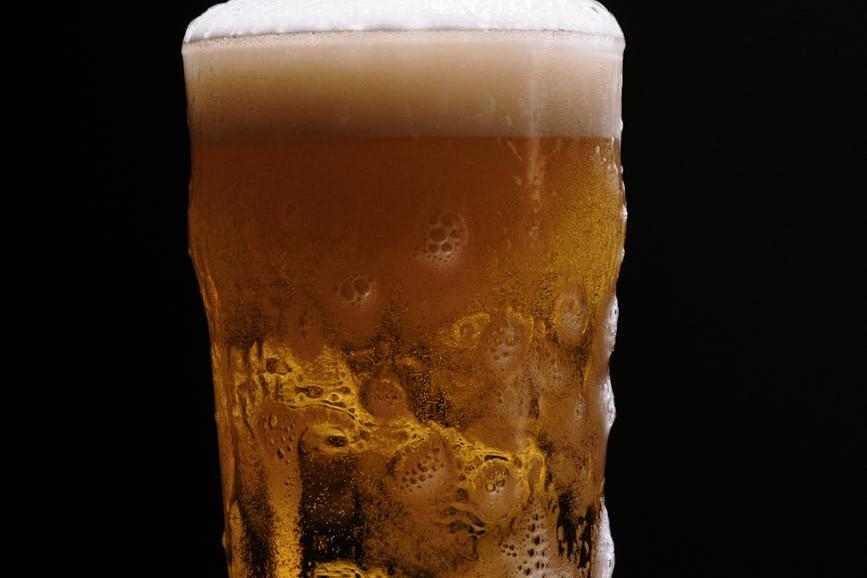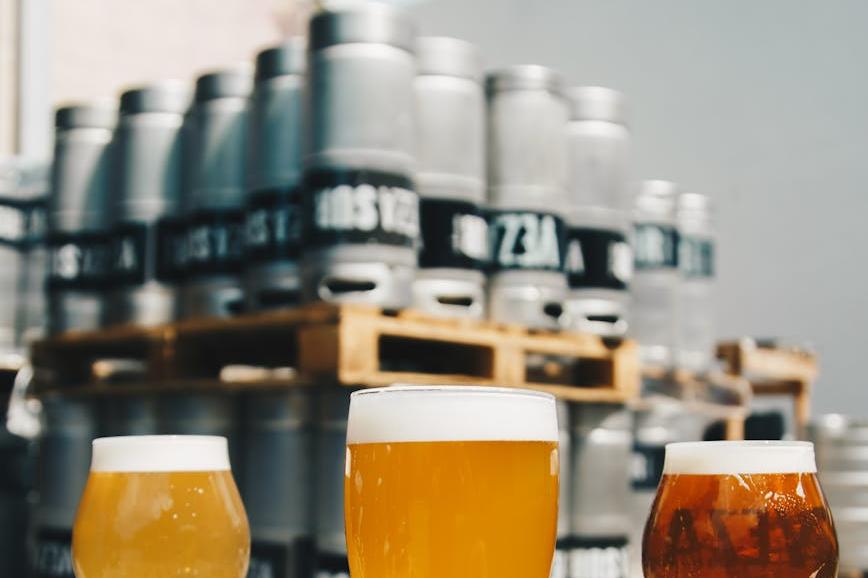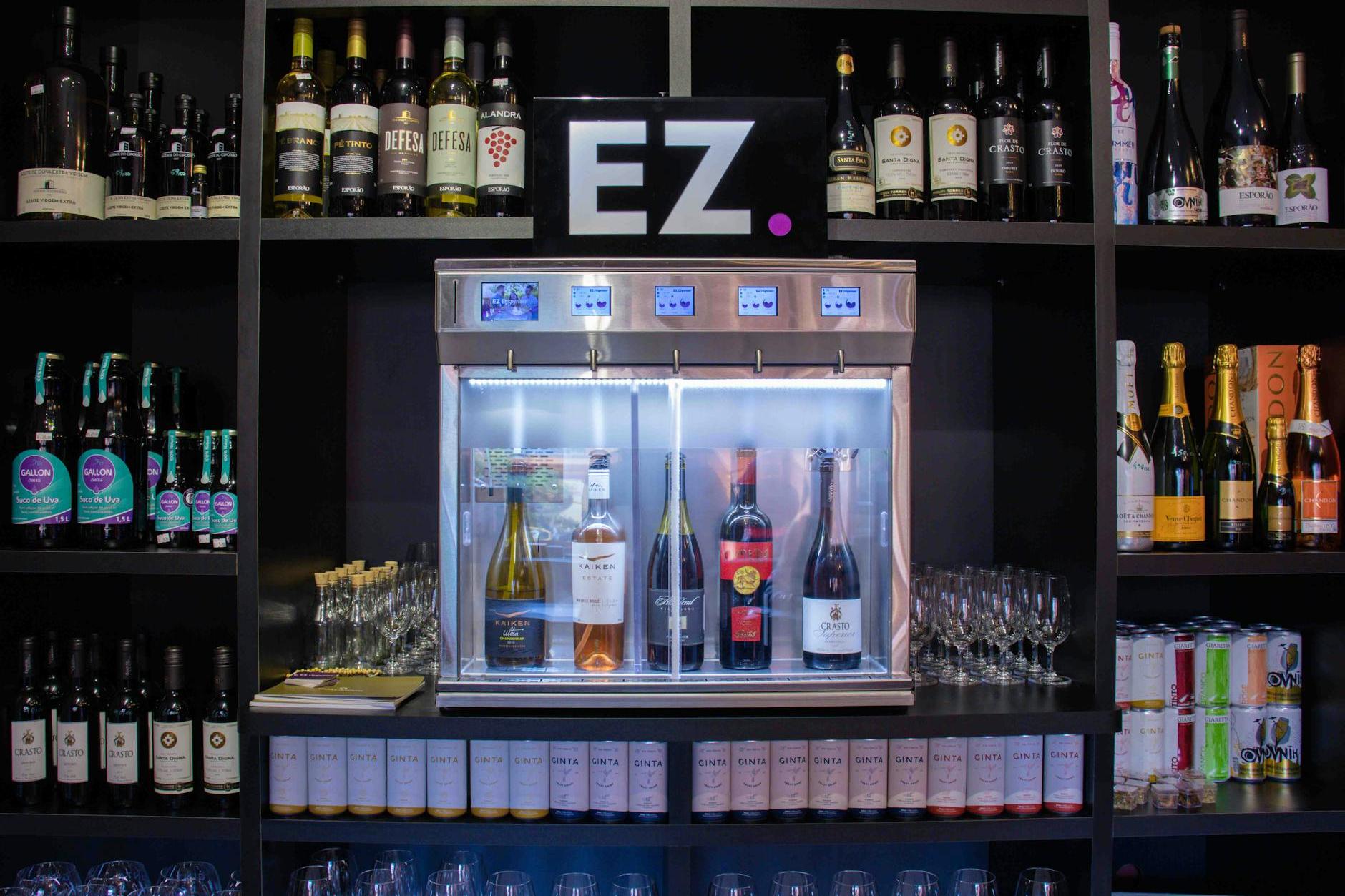- Shanghai Zhongshen International Trade Co., Ltd. - Two decades of trade agency expertise.
- Service Hotline: 139 1787 2118

Contents
ToggleWhen Beer Meets Customs: The Butterfly Effect of Product Selection Decisions
I often remind my clients: the first bitter taste of imported beer might appear on the customs declaration form. Last year, a client insisted on distributing German dark beer but overlooked the fact that the countryMalt Concentration Grading SystemIn alignment with our countryStandard for Sugar Content Testing of Imported Alcoholic BeveragesThe discrepancy resulted in the first batch of goods being detained at the port for 28 days. This case confirms the three essential factors that must be considered simultaneously during product selection:
- Certificate of Origin Authentication System: The AOC certification for Belgian hop-growing regions
- Cross-border transportation tolerance: Cold chain transportation requirements for Czech Pilsner beer
- Tariff gradient design: The tax rate difference between Japanese happoshu and regular beer.
The "Bubble Trap" in Customs Clearance Practices
During a customs clearance process, goods declared as "fruit beer" were required to be reclassified as "mixed alcoholic beverages," a minor adjustment that increased the tariff from 14% to 32%. Three key elements to focus on when declaring imported beer:
- Alcohol content threshold: Beverages exceeding 0.5%vol must be declared as alcoholic.
- Unit conversion for packaging: Note the measurement difference between the commonly used 50cl in the EU and 500ml in China.
- Additive Whitelist: Registration of Commonly Used Hop Extracts in German Wheat Beer
| Success | Tariff | Value - added Tax | Consumption Tax |
|---|---|---|---|
| Malt beer (≤0.5% vol) | 14% | 13% | 0 |
| Fermented beer (>0.5% vol) | 0 | 13% | 250 yuan/ton |
The "Best Before" Period of Supply Chain Optimization
A Dutch craft beer brand viaBonded warehousing and repackagingPlan: Reduce logistics costs by 23%. Key focus areas include:
- Port selection strategy:
- Qingdao Port's dedicated temperature-controlled warehouse for beer
- The 24-hour express clearance channel at Nansha Port
- Transport mode combination:
- Large - quantity importsMaritime Transportation+鐵路冷鏈的混合運(yùn)輸
- Air TransportationUrgent order tax pre-approval mechanism
The "final filtration" of risk prevention and control
Among the cases handled this year, 32% of the disputes originated fromLabel ComplianceIssue. Special note:
- Warning label: Must be in Chinese bold font.
- Ingredient labeling: Distinguishing between barley malt and wheat malt.
- The format of the expiration date: "DD/MM/YYYY" needs to be converted to "Year Month Day".
I remember last year a client insisted on keeping the "Trappist" label on the Chinese packaging of Belgian beer, and we had prepared in advance.Abbey Beer Geographical Indication Certification Document, and ultimately passed the customs review smoothly. This case tells us: professional matters must be entrusted to professionals.
Related Recommendations
Category case
Get in Touch
Email: service@sh-zhongshen.com
Related Recommendations
Contact via WeChat

? 2025. All Rights Reserved. Shanghai ICP No. 2023007705-2  PSB Record: Shanghai No.31011502009912
PSB Record: Shanghai No.31011502009912









